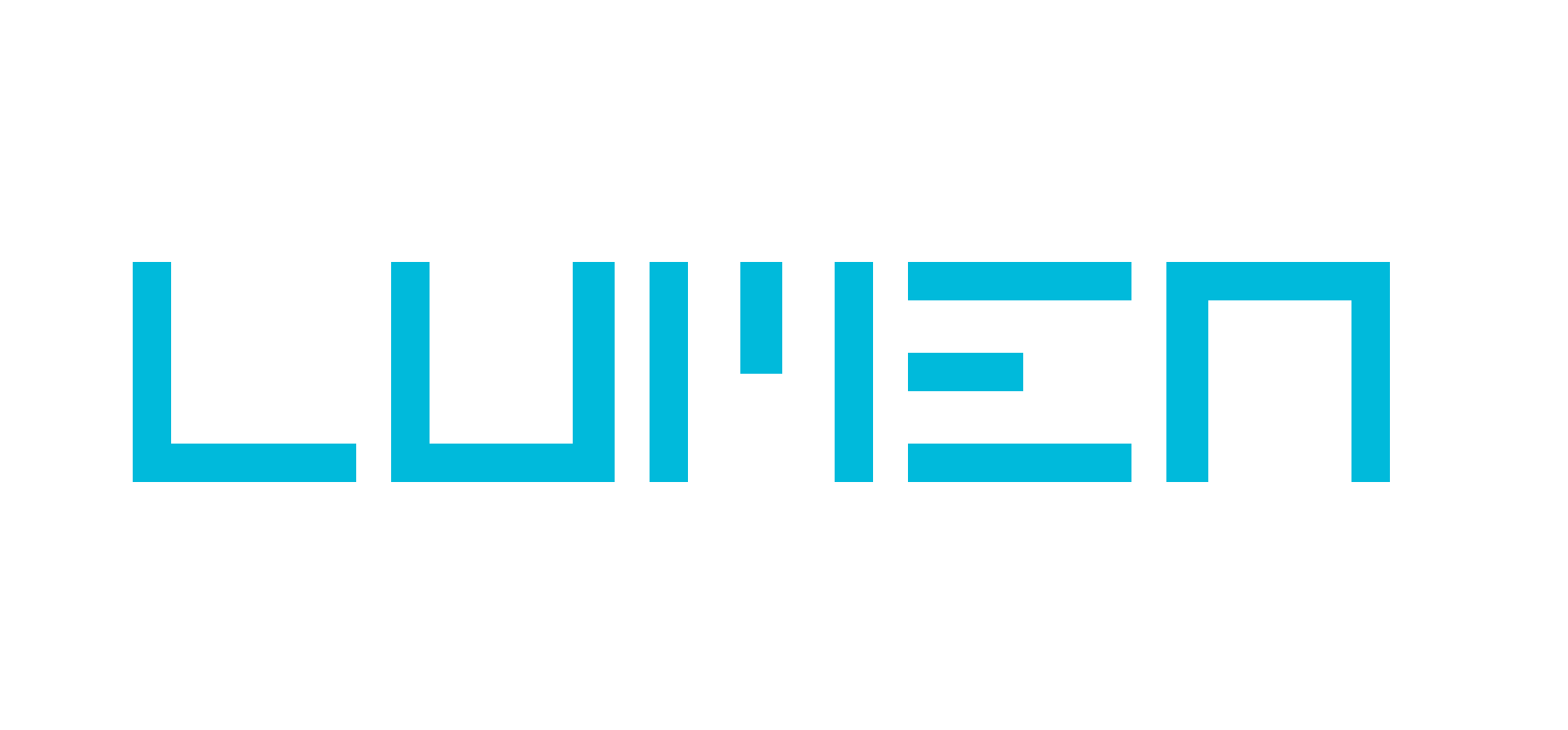00.00
Dentsu, Lumen and TVision nominated for Media Week awards
Dentsu, in partnership with Lumen and TVision, have been nominated for the Media Week awards in the Research Insight category.
The submission is for Dentsu’s Attention Economy project, the largest and most comprehensive attention study ever undertaken. But the case study isn’t just about generating fascinating insight – it’s about applying that insight to drive profitable change. It’s a great example of research going from ‘What?’, to ‘So What?’ and then on to ‘Now What?’
The ‘What?’ is pretty impressive on its own: panels of 1000 respondents were recruited in both the US and the UK, and asked to download Lumen’s eye tracking tech to their phones and home computers. This converted their webcams into high quality eye tracking cameras, so we could understand not only which ads were viewable, but crucially, which ads were actually viewed.
This passive tracking data for small screens was merged with TVision’s attention data for the big screen. TVision run the largest attention panels for TV in the world, collecting data on both linear and connected TV advertising that is comparable with Lumen’s digital attention data. This gave us a consistent view of attention to advertising across devices.
But the next question is ‘So what?’ Sure, some ads get attention and others get ignored. But how does attention lead to memory or action? And how much attention is enough?
To answer these questions, we conducted a series of controlled tests, where respondents were asked to visit specific sites and we ensured that they were exposed to specific ads. Afterwards, we could ask them a recall questionnaire and complete a task designed to reveal brand preference. This allowed us to establish the link between attention and impact, and isolate some of the most important drivers of attention and memory.
If we had left it there the Attention Economy Project might have just been another interesting research report, the sort of thing that makes you think but doesn’t actually change your behaviour. It’s important to ask ‘Now what?’
Collecting all this attention data has allowed us to create a powerful predictive model of attention. If we know the viewability characteristics of an ad impression, then we can use the predictive model to estimate how much actual attention it is likely to have generated.
This model can be deployed programmatically, pre-bid and post-bid. Pre-bid, we have created a custom algorithm for a DSP, which helps you target ads towards sites and formats that are most likely to get attention – or get attention most cost effectively. This system, which we are calling LAMP (Lumen Attention Measurement Platform) is integrated into Google’s DV360 system, and innovative DSPs such as Avocet.
Post-bid, we have created an ‘attention measurement tag’ (like a viewability pixel, but on steroids). Brands append the LAMP tag to their digital creative; it collects viewability data in an extremely granular fashion; and then applies the Lumen attention model on a moment-by-moment basis. This data gives you real time insight into which platforms, publishers, sites and formats are generating the most attention for your campaign. You can link this data with CPM data, to understand the true ‘cost of attention’ for each impression, and you can link this to clicks and conversions, and now brand uplift study data, to understand the true ‘value of attention’.
The LAMP system helps you bridge the gap between insight to action. But in a sense, it is still doing primary research. We are collecting real data, on a massive scale and in real time, to understand the relationship between viewability and attention, and then attention and action. There is a strong connection, but the strength of that connection differs between different brands and different objectives. Brand campaigns seem to work very differently to performance campaigns. The attention strategy required for a new product launch looks very different from one designed to maintain salience. Creative A might work in a totally different way to Creative B. There is still so much to learn.
But we want to embrace learning by doing. Rather than completing the Attention Economy gig and moving on to the next project, we have created the tools for a near-infinite number of future experiments. It will be exciting to see what we learn next.
00.00










